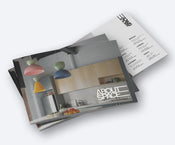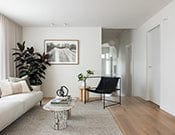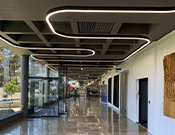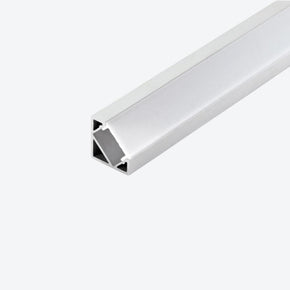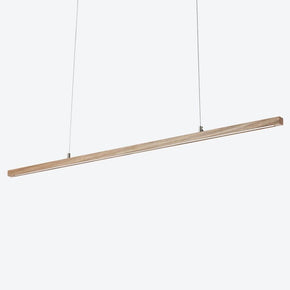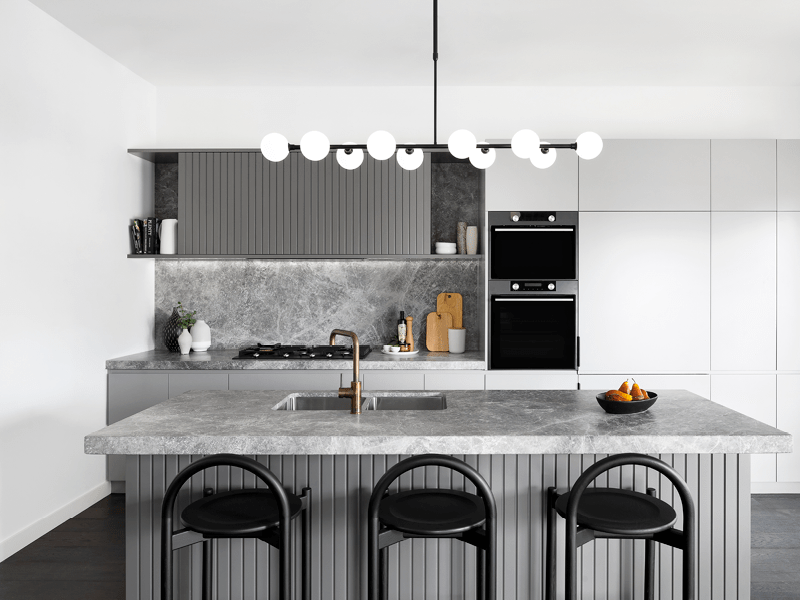- No products in the cart.
- ``
No electrician? No problem! You can brighten your home by simply replacing your bulbs
25
Feb
Eddison first patented his idea for the lightbulb in 1879. We’ve come a long way since then, but did you know that there are still some people with lights in their homes from the 1900s? It blows the mind! If you don’t have enough light in your home but you’re not wanting to shell out money on an electrician, there are other options.
The first step in brightening up your home is to work out what light bulb you have inside your fitting.
There are 4 types of globes
1. Incandescent

The bulb that so many of us grew up with. Characterised by a singular filament from 3 prongs, this globe has been phased out in favour of greener alternatives. However, they can still be found in many peoples’ homes. These bulbs have an energy rating of 0% as they use all the power they consumed for light output. For example, 25w incandescent bulb has an output of 250lm (or lumen - scroll down for more information on lumen) with the shortest life span (up to 1500 hours).
2. Halogen

A halogen is a type of incandescent lamp, but with a twist. A smaller globe within the larger glass bulb produces the light. This small change means that the globe uses less electricity, at about 30% efficiency, and has a brighter output. So for a 25w bulb, we’re getting about 400lm. Halogen bulbs generally have a longer lifespan as well (up to 3000 hours).
3. Compact Fluorescent Lighting (CFL)

A big change to the globe market saw the introducing of CFL. You would have probably heard of fluorescent tubes - the long light sticks in offices and gyms. Well, they shrunk them. These globes reduced a lot of power bills thanks to their power efficiency and longevity (they have a lifespan of up to 10,000 hours). CFLs are rated at 70% to 80% efficiency. An 8w bulb will give you 400lm. However, these globes are notorious for their “warm-up” period. These bulbs can take 3 to 5 minutes to get nice and bright (and sometimes longer when it’s cold!).
4. Light Emitting Diode (LED)

The newest option in the lighting globe market, LEDs revolutionised lighting for the better. These are the most energy-efficient, rated at 90%. For a 4w bulb, the output is 450lm. LEDs also have the longest lifespan at 50,000+ hours.
Now many of these lights have also been designed as smart globes, meaning they can be controlled from an app! A smart globe allows for full control of colour output (if you like warm light to bright white light) and can be dimmable (if the globe allows).
Why is all this important?
If you haven’t changed the globes in your lights for a long time, then it might just be the time to do it! LEDs are now a general industry standard available almost anywhere.
What to look for when picking a new bulb
When looking for a brighter bulb, there are a few things to consider. These are:
- Wattage (W): not to be confused with brightness, this is the amount of power a globe will use when it’s turned on.
- Lumen (LM): this is how bright a light is. The higher this number, the brighter the output of the globe.
- Kelvin (K): this is the colour of the light. The lower the kelvin rating, the closer to orange (most warm lights are 2700k to 3000k). For a lighter, more modern feel, choose a cooler white (4000k). For commercial and office spaces, you can go higher into the blue shades to replicate natural daylight (5000k to 6500k).
- Dimmable: if your home is fitted with dimmable switches (these may need to be updated as LEDs don’t work with all dimmers), then it is best to use dimmable bulbs. Non-dimmable bulbs may flicker.
Most branded light globes will have all this information on the packaging, so comparing each one will be quick and easy.
Why not add floor and table lamps!?
Adding floor lamps into the corners of rooms, or table lamps to benches and side tables is an excellent solution. Not only are you adding more light to a space, you are adding a touch of design to the room. You can use brighter or softer globes in these lamps to create the right amount of ambience. Many of the lamp ranges you find come in families, so you can get a matching floor and table lamp in the same room without it feeling too crowded.
Still not bright enough?
If (and this would be a pretty big IF) you find that you still don’t have the brightness you need, consider adding in more light sources. There are a lot of effective ways to create architectural sculpted designs and illuminate areas. Consider strip lighting behind the TV for a cinematic feel. Lighting can be the most useful of tools to create drama and effect!
Shop our extensive range of lamps, lightbulbs and more!


